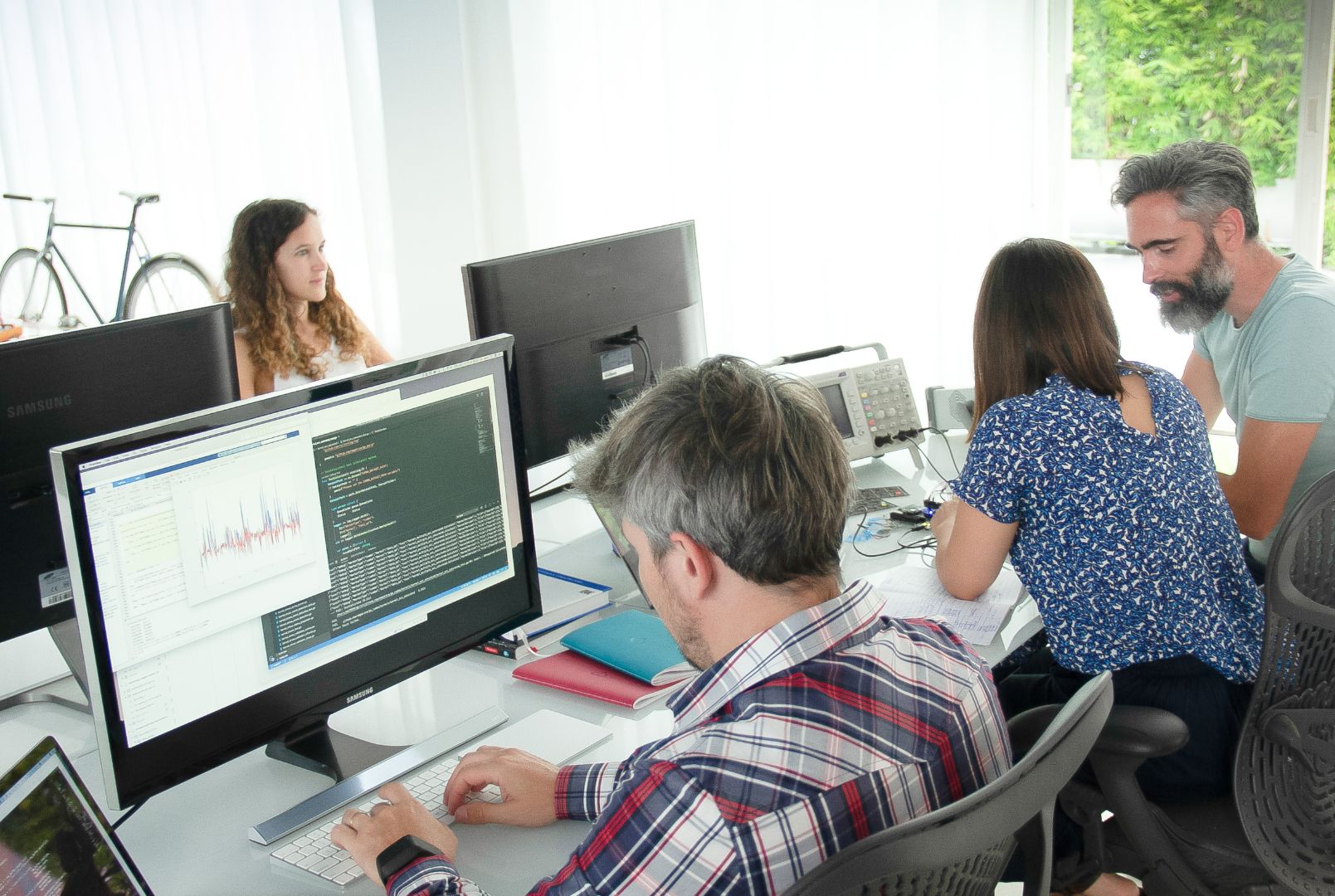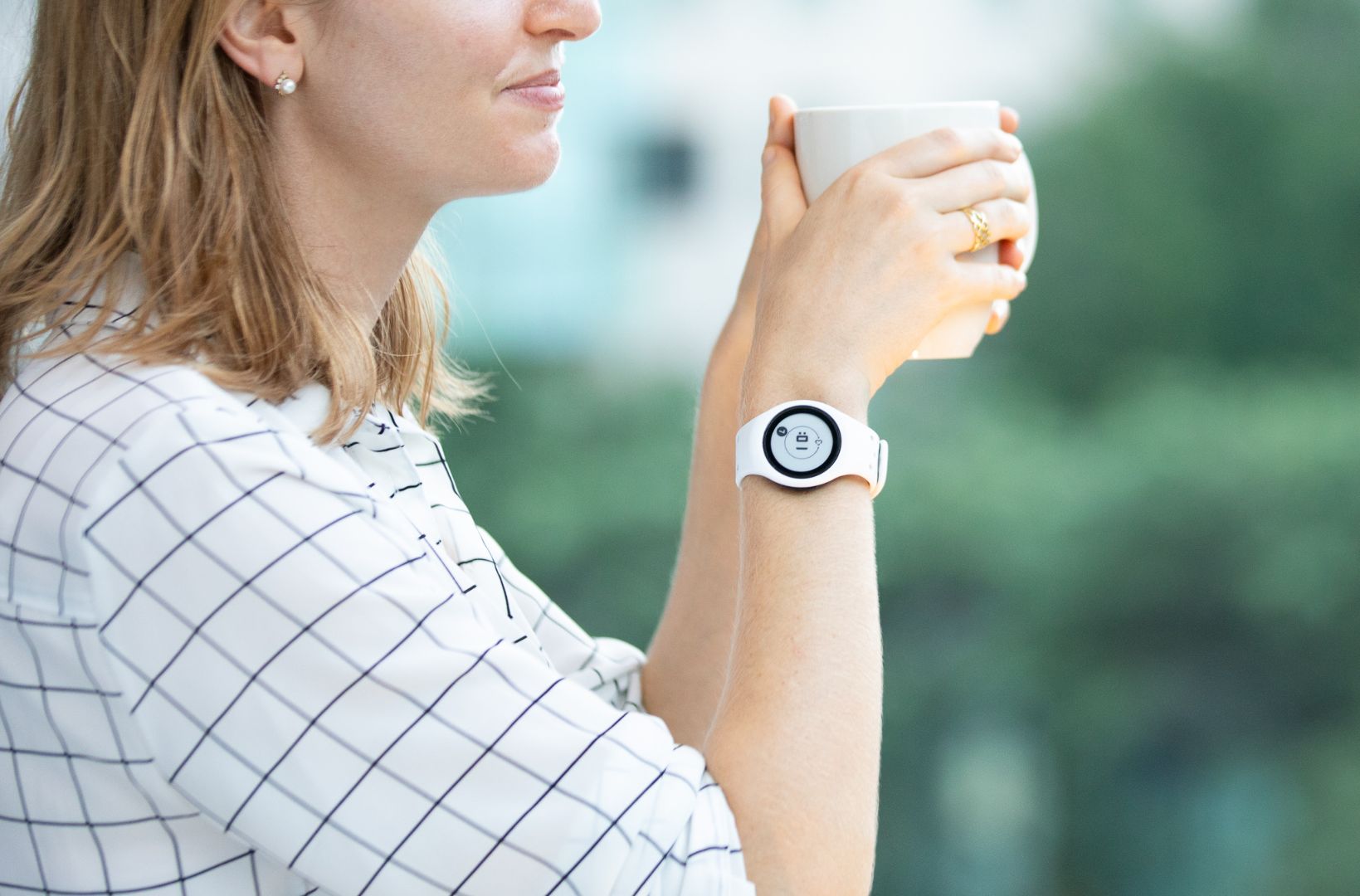Features
Caring for the future of health technology
06 May 2022
Empatica is a full-stack digital healthcare company and a pioneer in digital biomarker development and continuous patient monitoring driven by AI.

We had the pleasure of interviewing two key members of the Empatica team:
- Marianna Xenophontos: Director of Marketing
- Maria Mazo Oscoz: Associate Operations Manager
With them, we discovered the history of this amazing project and the benefits of their innovation to society, as well as their philosophy around intellectual property.
Before we dig into more specific questions, here's the story of how Empatica started:
Empatica was founded in 2013 in Cambridge, Massachusetts, by Matteo Lai, Simone Tognetti, Maurizio Garbarino, and Rosalind Picard.
Dr. Picard and her colleagues at MIT were initially working on a wristband to study the emotional states of children on the autism spectrum. One of the professor’s undergraduate students borrowed a couple of devices to bring home over the winter break and test them on his autistic brother.
An enormous spike in activity registered by one of the devices during this time, attributed to a grand mal seizure event, tipped Picard off to the technology’s potential for seizure detection.
Rosalind has delivered a TED talk on this, that you can watch here:
In 2014, in partnership with The Epilepsy Foundation, Empatica launched a crowdfunding campaign on Indiegogo for the creation of Embrace, a wrist-worn device for monitoring and alerting to grand mal seizures, and help reduce cases of Sudden Unexpected Death in Epilepsy (SUDEP).
Time has passed, but the goal of Empatica hasn't changed. They still aim to provide wearables and analytics that make it easy to collect and interpret physiological data continuously for medical uses.
What benefits to society come from the algorithms and the machine learning created by Empatica, thanks to patient monitoring and data science?
Marianna: Empatica’s algorithms can be used as digital biomarkers which offer the unique benefit of monitoring and even identifying health conditions remotely through our wearables, and completely passively, so without any input required from patients.

This has multiple invaluable uses; beyond the epilepsy vertical, which serves as a prime example of how our tech can be applied, helping thousands of people with epilepsy feel safer and gain more peace of mind, we have also developed an algorithm for the early detection of respiratory infections, in partnership with the US Department of Health and Human Services. The application of digital biomarkers can be widespread, from remote patient monitoring to running decentralized clinical trials to understand the effectiveness of treatments while enabling more access for patients.
To take clinical research as an example, 1 in every 200 Americans is a clinical trial participant. But, unless patients live near clinics, their participation remains burdensome, requiring travel and time away from work and family. 1 in 3 participants eventually drops out, delaying trials and subsequently treatment deliveries.
In terms of a more day-to-day application, imagine if one day a wearable will tell you if you are developing a cold so you can stay home before you infect others, or you should book a visit to the doctor because your vitals have been showing some worrying patterns, or that an elderly patient is showing early signs of Alzheimer’s, or that a person who was previously depressed is showing signs of relapse. All of this can be possible through Empatica’s technology.

What would you say is the most important patented innovation from Empatica?
Maria: Electrodermal activity (EDA) measurement, because it was the first of its kind (our devices are still the only ones that enable continuous EDA monitoring from the wrist), and it unlocks a lot of potential applications in the monitoring, research, and forecasting of neurological conditions related to sympathetic nervous system activity.
One of your wearables' main features is that they are unobtrusive and beautifully designed. How important is this for your patients and Empatica?
Maria: We want to make medical wearables that remove the stigma of having a medical condition, and that enable users and patients to go about their daily lives without any obtrusion while continuing to feel safe, as their data is shared with a professional that can continuously monitor their health.

We have protected our designs - both our Embrace2 and EmbracePlus designs are protected through design patents. We consider design patents to be important given that they protect the unique appearance of the devices. From a branding perspective, this matters since our clients associate the appearance of the device with Empatica, and this ensures further brand recognition.
Could you explain the importance of intellectual property rights in creating your products and solutions?
Maria: Protecting our IP rights is an important part of our Research & Development cycle. On the one hand, protecting our IP means our technology and innovations become harder to imitate, helping us maintain a competitive advantage; at the same time, knowing that our inventions are protected enables us to invest more resources in R&D.
What would you recommend to other entrepreneurs?
Obstacles and constraints are part of the challenge, and can in fact encourage creativity and innovation. In highly evolving sectors like ours, be ready to pivot and adapt to the rapidly changing market needs, always without losing sight of your purpose. Finally, surround yourself with smart, talented people, and be ready to support and challenge each other.
Useful Links:



